14 Things to Do Now to Stop Bullying In Its Tracks
October 13, 2015
October is National Bullying Prevention Month. An important campaign first launched by PACER’s National Bullying Prevention Center in 2006, it’s grown from a weeklong campaign into a full month of special events and activities designed to raise awareness and reduce the incidence of bullying in schools. This week, to help support your anti-bullying initiatives, we’re bringing you some practical suggestions you can implement in your own school this fall.
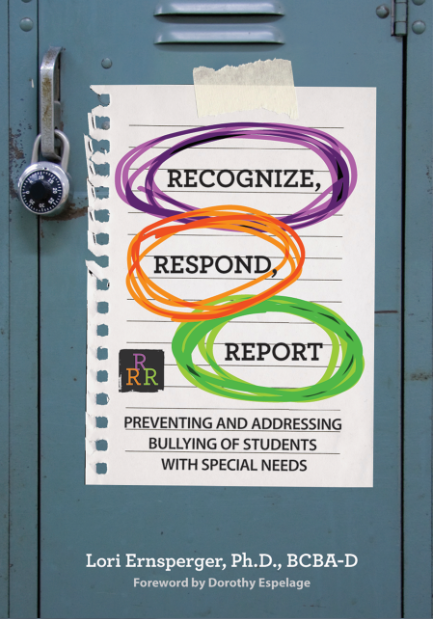 The central message of National Bullying Prevention Month is The End of Bullying Begins with Me. It’s an effective tagline because it includes everyone: bystanders, teachers, students exhibiting bullying behaviors, and victims of bullying. To put an end to bullying in schools, everyone needs to work together—and that’s the idea behind this post. Excerpted and adapted from Lori Ernsperger’s excellent new book Recognize, Respond, Report, the suggestions shared here will help teachers provide effective support for all kids, no matter which side of the bullying equation they’re on. (While Dr. Ernsperger’s book focuses on bullying prevention efforts for students with special needs, this post includes suggestions that are relevant across the student population.)
The central message of National Bullying Prevention Month is The End of Bullying Begins with Me. It’s an effective tagline because it includes everyone: bystanders, teachers, students exhibiting bullying behaviors, and victims of bullying. To put an end to bullying in schools, everyone needs to work together—and that’s the idea behind this post. Excerpted and adapted from Lori Ernsperger’s excellent new book Recognize, Respond, Report, the suggestions shared here will help teachers provide effective support for all kids, no matter which side of the bullying equation they’re on. (While Dr. Ernsperger’s book focuses on bullying prevention efforts for students with special needs, this post includes suggestions that are relevant across the student population.)
Here are 14 steps you can take to create a bully-free environment for all the students in your school:
For Bystanders
 Invest in or develop a bystander education program. Formal training will teach students how to intervene safely and appropriately when a peer is being bullied. Whether you buy a prepackaged program or develop a unique bystander education program, your most important goal is to ensure student safety and deter students from aggressive confrontation. A bystander protocol with simple, concrete steps (similar to the “stop, drop, and roll” fire safety) will help encourage safe student interventions on behalf of peers who are bullied.
Invest in or develop a bystander education program. Formal training will teach students how to intervene safely and appropriately when a peer is being bullied. Whether you buy a prepackaged program or develop a unique bystander education program, your most important goal is to ensure student safety and deter students from aggressive confrontation. A bystander protocol with simple, concrete steps (similar to the “stop, drop, and roll” fire safety) will help encourage safe student interventions on behalf of peers who are bullied.- Raise awareness of bullying. How does bullying start? How can you tell when a bullying incident is beginning? What are the verbal and nonverbal signs of aggression, power, and domination? Teach students to look out for and recognize words and actions that indicate a peer is being bullied.
- Identify helpful actions bystanders can take. Your bystander education program should teach students to recognize whether they can safely intervene or should immediately contact an adult or the authorities. If a student determines it’s safe to intervene, then identify age-appropriate skills through guided group discussion. Some helpful peer actions—suggested in a survey of students who were bullying victims—include spending time with students experiencing bullying, encouraging them at school, helping them get away from the bullying situation, and helping them tell an adult.
- Foster empathy for bullying victims. Some students may find it difficult to emphasize with victims of bullying who exhibit challenging behaviors or diverse characteristics that are outside the other students’ realm of experience. Teaching your students about diversity and acceptance can help dismantle this mindset. For example, you might discuss the general characteristics of various disabilities and try simulation activities that foster a better understanding of differences.
- Teach the difference between “tattling” and “upstanding.” Many bystanders are reluctant to intervene in a bullying situation because they fear they’ll be labeled a “tattletale.” That’s why it’s important to explicitly teach them the difference: A tattletale is someone who wants to get someone else in trouble. (Example: “Kayla cut in line in the cafeteria!”) An upstander is someone who wants to get a peer out of trouble or be a friend. (Example: “Someone threw Jason’s backpack in the toilet.”) It’s tough to erase the stigma associated with tattling, but it’s important work. Start by teaching and reinforcing the language regarding tattletales vs. upstanders, provide plenty of examples your students can relate to, and hang visual reminders in the classroom (a poster, maybe) to keep the message fresh in your students’ minds.
- Create a peer mentoring program. Studies have shown that peer mentoring can significantly reduce bullying victimization and students’ feelings of anxiety, depression, and social isolation. You can implement a more structured program like the We Will Generation of PACER’s National Bullying Prevention Center, which provides activities, resources, and videos that educate and inspire peer mentors. Or try organizing informal peer social groups around the central goal of be a buddy, not a bully. Designate cafeteria tables, courtyard benches, or “friendship zones” on the playground where students who may struggle with social and communication skills can have a safe place to eat and play with others. Whether your efforts are structured or unstructured, the goal of peer mentoring can be a great way to foster friendships, support differences, and advance opportunities for inclusion.
For Students Exhibiting Bullying Behaviors
 Model caring and respectful language. Don’t label students as “bullies.” When you model respect for all students, you discourage rejection.
Model caring and respectful language. Don’t label students as “bullies.” When you model respect for all students, you discourage rejection.- Investigate the causes. There are many factors that can contribute to students exhibiting bullying behaviors. They may lack understanding of acceptable, age-appropriate social behaviors because of an intellectual disability or impairment of social-communication skills. They may have learned negative attention-seeking behaviors from their peers, or violent and aggressive behaviors from poor role models in their home life. A negative and unsupportive school climate may also be a contributing factor to bullying behaviors. Investigating and understanding the root causes of the bullying will help you choose appropriate solutions, from adjustments to the student’s IEP to a concerted effort to improve the school climate.
- Use graduated consequences. In this model, students who exhibit bullying and harassment behaviors are held accountable for their actions, but harsh, zero-tolerance punishments aren’t doled out at the first offense (research shows they increase dropout rates and negatively impact the overall school climate). Rather, the consequences grow increasingly serious with repeated and egregious offenses. Ernsperger provides this example of what graduated consequences might look like:
- Verbal reprimand or warning
- Contract with the student to “cease and desist” and have no contact with the victim
- Parent phone call to alert them of the incident
- Conference with parent and teacher
- Additional counseling or meetings with the administrator or school counselor
- Alternative lunch detention or in-school lunch suspension
- Student restitution/compensation for damaged items
- Community service
- Loss of extracurricular privileges
- Before-or after-school detention
- Referral to the school resource officer
- Consider a referral for specialized services. Students who persist with bullying behaviors and don’t respond to traditional measures may have more severe psychological problems that require the expertise of a mental health professional. Cognitive behavior therapy, stress management interventions, and counseling to manage anger and aggression and can increase students’ coping skills and help them amend their thoughts and behavior.
For Victims of Bullying
(*This section is particularly useful for supporting students with disabilities, who are two to three times more likely to be bullied than their peers.)
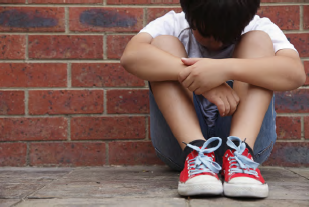 Implement modifications and accommodations. These might include preferential seating on the bus, counseling services, increased supervision, speech and language therapy, and regular meetings with team members to ensure that protections from harassment and bullying are being used consistently and effectively.
Implement modifications and accommodations. These might include preferential seating on the bus, counseling services, increased supervision, speech and language therapy, and regular meetings with team members to ensure that protections from harassment and bullying are being used consistently and effectively.- Amend the IEP or 504 plan. Since so many students with disabilities are bullied, education teams should add the following to a student’s IEP or 504 plan: “If a student is vulnerable to bullying, the team will determine accommodations, services, and interventions that are needed to prevent bullying and obtain a FAPE.” Then, as a team, write measurable goals for teaching the student verbal and nonverbal social skills, self-management, emotion regulation, and self-advocacy skills.
- Teach identifying/reporting skills. Ensure that students understand and master the skills for reporting bullying to an adult. Supervise and give feedback when you first teach new skills, and then fade your support over time. Try these structured, multimedia teaching methods:
- Video modeling. Show students videos of appropriate verbal and nonverbal interactions and imitate the social-communication behavior of the model.
- Role playing. Have students practice and dramatize social-communication skills in a controlled small group. (Videotape sessions to give students a chance to analyze the interactions and identify key skills.)
- Scripting. Provide students with short, one- or two-sentence scripts that teach them what to say and do in social situations.
- Social narratives. Give students clear descriptions of social situations, highlighted with visual icons and symbols to help guide appropriate behavior.
- Self-monitoring. Teach students to record their own behaviors and use a self-assessment to distinguish between appropriate and inappropriate behaviors during a conflict
- Build self-confidence. To empower students and reduce the long-term effects of bullying and harassment, focus on self-advocacy and self-determination. Help students recognize and build on their strengths, and work with them to set goals and pursue interests, hobbies, and activities. You might encourage students to participate in community-based activities (volunteering at a charity, tutoring younger children) to build their self-esteem while giving back to the community.
How many of these anti-bullying measures have you used with your students, and which strategies would you add to this list? Have your say in the comments below—and stay tuned for Thursday, when Recognize, Respond, Report author Lori Ernsperger stops by for an interview!
FREE PRINTABLE POSTER
Download this Recognize, Respond, Report poster for your classroom—a great visual reminder of what students should do if they see bullying.


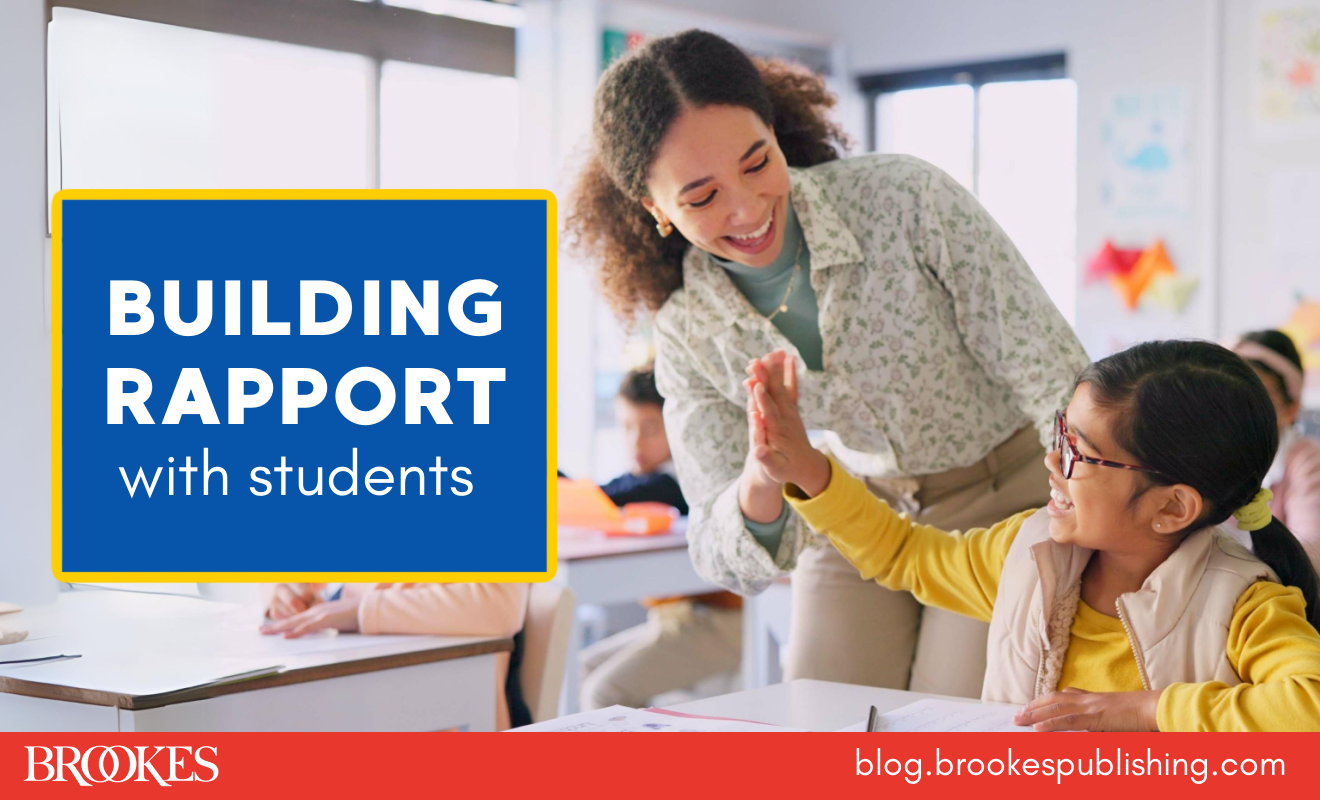
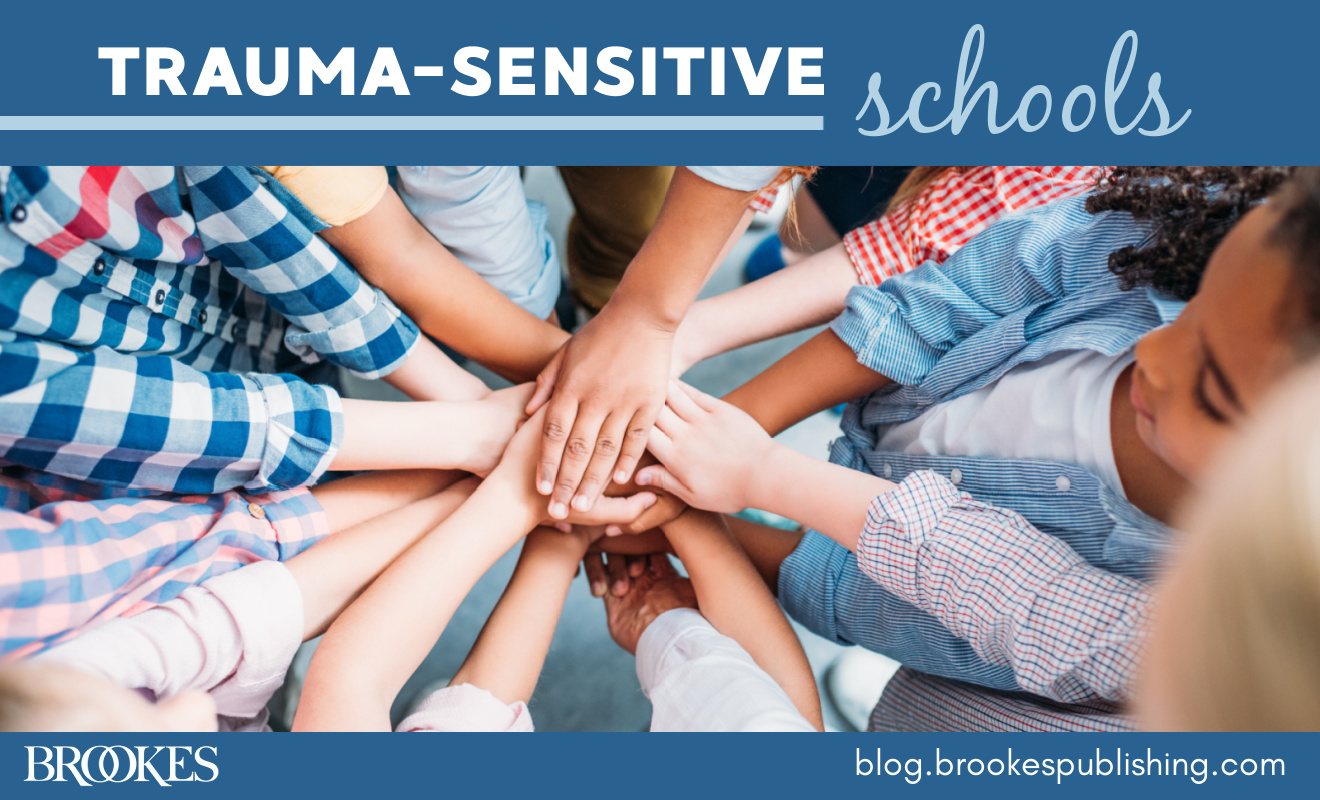
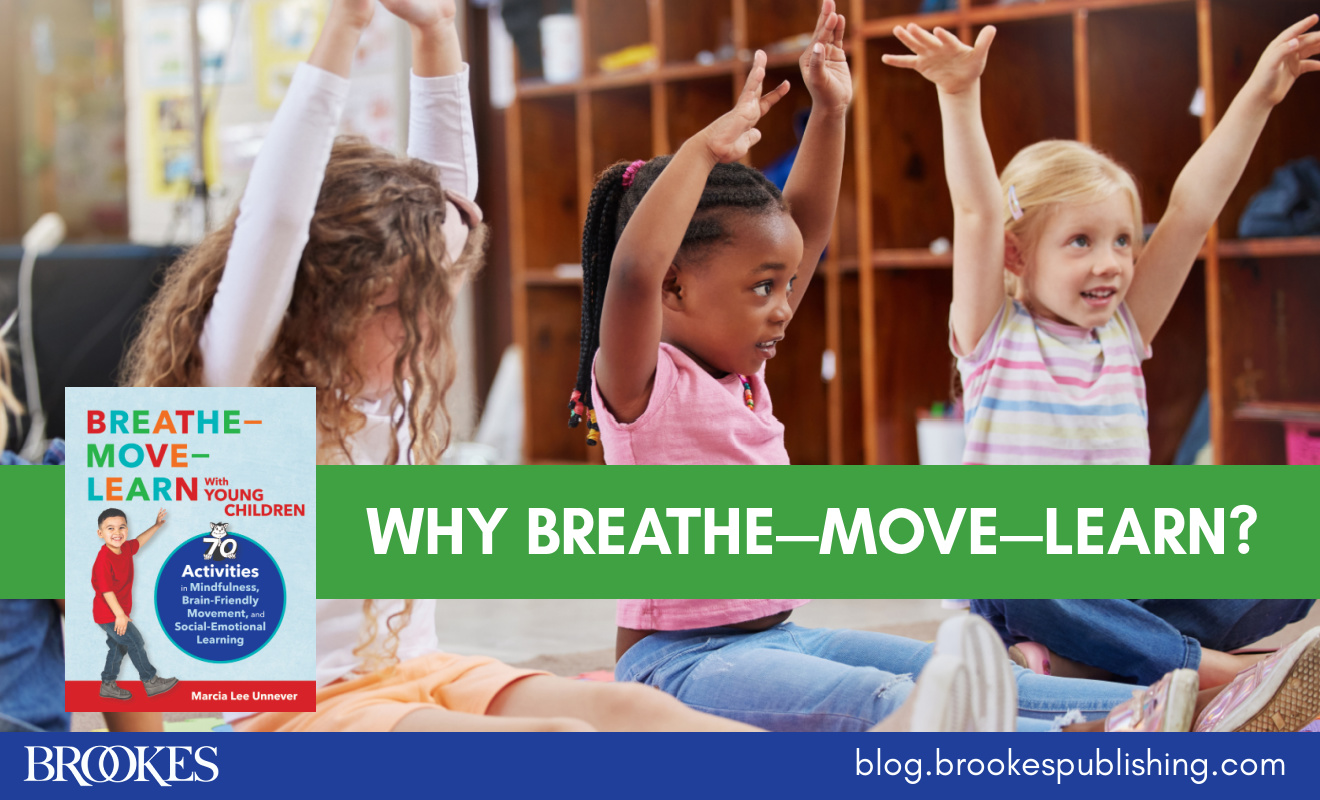
Write a Comment
Your email address will not be published. Required fields are marked *
Post a Comment